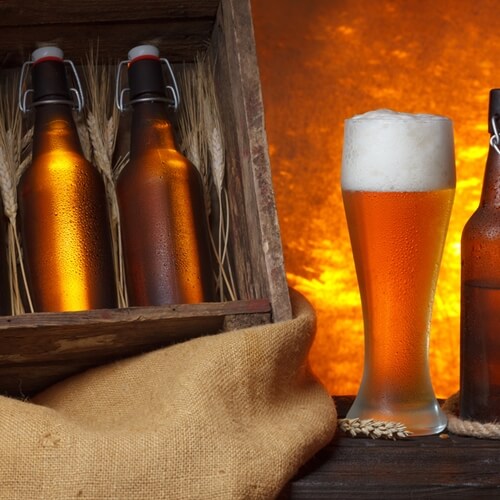Where has all the craft beer gone?
Hunting for a local craft beer is a feat, as culinary arts program students looking for the ideal pairing to their meal will understand. Not only are the beers sold in small quantities, they are often only sold to only a few locations, limited in the amount one can purchase, and often are out of stock before you can get off work. Some travel far and wide to find that perfect brew and arrive to find that it is sold out.
Good for the money
The rules of supply and demand weigh in on the fame of a craft beer. Often, the most sought out will have the lowest production levels. For sales, this means good money. With a lot of customers at the door and not enough beer to go around, brewers can charge their own rate for the products. The Denver Post noted that many local Colorado breweries were having difficulty keeping up with demand. Some breweries, including Oskar Blues Brewery and Left Hand Brewing, have been forced to remove their product from shelves outside their home state of Colorado. These breweries are expanding in order to meet the growing demands, but are faced with an ethical craft brew question. At what point does a craft brew become a full-fledged commercial brew?
Keeping it craft
Traditionally, a craft beer is brewed in small batches by an independent company whose main beer was brewed only with barley malt. Size is of all importance. With the craft brew craze that has been hitting the U.S., large companies are hoping to take advantage and create craft samples of their own. The small breweries that have found success with their specialty brews are now growing. With both large and small breweries banking in on craft beer, it has become harder to define what exactly should be called “craft.” According to the Brewer’s Association, the Association board has taken the matter into its own hands and re-written the definition of craft beer. Brewers were formerly required to only brew 2 million barrels of their product to call it a craft brew, but now that number has been moved to 6 million.
Large breweries will now be able to take advantage of the prestige that the title craft brew brings. This will leave some wiggle room for the companies having to deal with a surplus of demand. If the pleasure of craft brew is in its rarity, the product may have to undergo a self-evaluation.


